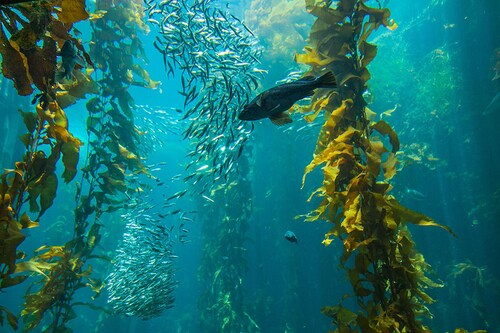What do oceans and forests have in common?
Ahead of the adoption of the first-ever United Nations international high-seas treaty, we explore the many similarities between these two types of ecosystems that represent the planet's largest carbon


Like forests, oceans are often considered the lungs of the planet, and are invaluable in the fight against climate change. Ahead of the adoption of the first-ever United Nations international high-seas treaty, designed to provide a framework for ocean conservation, we explore the many similarities between these two types of ecosystems that represent the planet"s largest carbon sinks.
Indispensable in the fight against global warming, oceans absorb almost 30% of annual carbon emissions linked to human activity. An impressive figure, which makes these ecosystems one of the planet"s greatest allies in the fight against global warming. Most of the oceans" capacity to absorb CO2 emissions comes from phytoplankton, which act as photosynthesizers—a process very similar to that of trees. As the planet"s largest carbon sinks, along with the oceans, forests can also absorb impressive quantities. The mass of CO2 that a tree can absorb ranges from 10 kg to 50 kg per year, depending on its age, size and planting area.
Unfortunately, oceans, like forests, are under serious threat from climate change and phenomena such as ocean acidification, rising sea levels, coral bleaching, deforestation and megafires. In 2021, a study revealed that the Amazon (the planet"s largest rainforest) now releases more carbon than it absorbs. Forests alone account for three-quarters of the endangered species on the International Union for Conservation of Nature (IUCN) Red List. According to the IUCN list, climate change is likely to have an impact on at least 41% of threatened marine species.
And the outlook doesn"t look promising, since, according to research published June 8 by Earth System Science Data, human-induced warming of the world has been increasing at an unprecedented rate of more than 0.2°C per decade.
First Published: Jun 17, 2023, 07:27
Subscribe Now